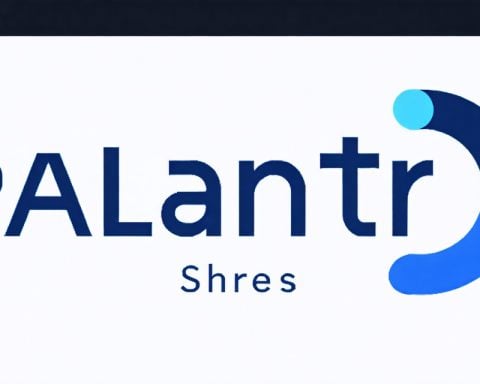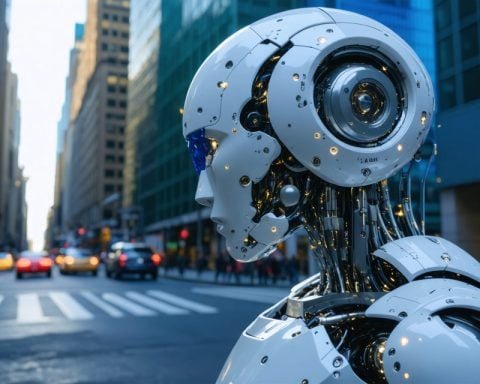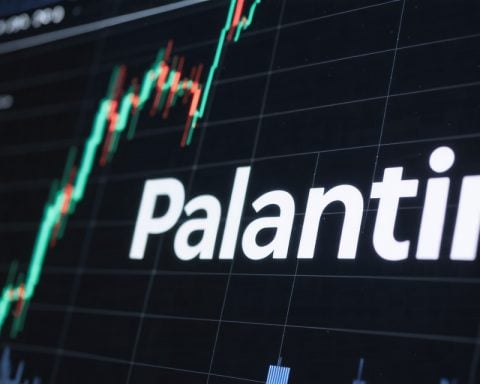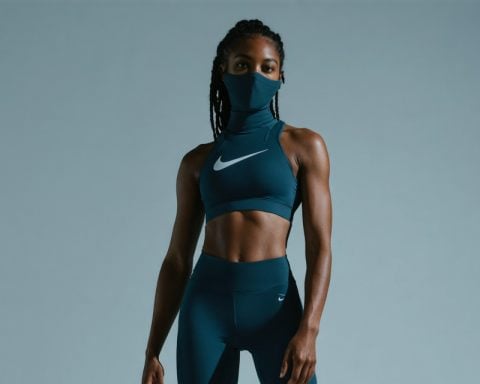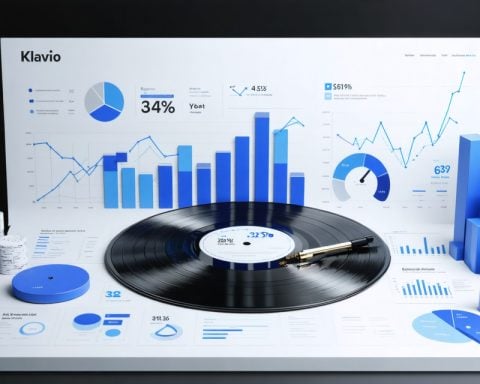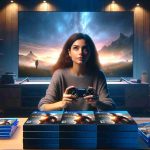In a significant development this week, Nintendo’s copyright enforcement team, known as Tracer, initiated takedown requests aimed at users who shared AI-generated images of their iconic character, Mario. This action, reported by various outlets, underscores the company’s ongoing vigilance in protecting its intellectual property rights under the Digital Millennium Copyright Act (DMCA).
The situation arose as users were utilizing X’s Grok-2 AI model, which has demonstrated a lack of filters regarding copyrighted material. Notably, images depicting Mario in compromising situations—such as drinking and smoking—were among those flagged for infringement. This has raised alarms about potential overreach, particularly as even original fan art of the character was mistakenly targeted.
Tracer employs advanced AI tools to monitor and detect breaches of copyright and trademark for its clients. However, these AI systems are not infallible and sometimes misidentify perfectly harmless artwork as violations. With a history of aggressive legal action to protect its copyrights, it is expected that Nintendo would narrow its focus on AI-generated content that could undermine its brand.
As the landscape of AI image generation continues to evolve, concerns loom regarding whether actions like these will effectively deter the creation of unauthorized representations of beloved characters. While many other AI platforms maintain strict guidelines to avoid similar issues, Grok and similar models do not exhibit the same caution, leaving the question of accountability in the realm of AI-generated imagery still open.
Understanding Copyright in the Age of AI: Tips and Life Hacks
In light of recent events involving Nintendo’s enforcement of its copyright against AI-generated images of Mario, it’s crucial to understand the interplay between creativity, intellectual property, and technology. Here are some tips, life hacks, and interesting facts to help you navigate this evolving landscape.
1. Know Your Rights
Understanding copyright law is essential for anyone creating or sharing art, especially in an AI-driven environment. Copyright protects original works of authorship, but it also has limitations. Familiarize yourself with what constitutes fair use, which allows for limited use of copyrighted material without permission under certain circumstances.
2. Be Mindful of AI Tools
When using AI tools to generate images, be cautious about the input you provide. Many AI platforms, like X’s Grok-2, may not have stringent filters for copyrighted material. To avoid potential legal issues, steer clear of known characters and trademarks unless you’re creating original content that does not resemble existing works.
3. Create Original Content
Instead of relying on existing characters or styles, harness the power of AI to create something entirely new. Experiment with different themes and concepts that reflect your unique perspective. This not only avoids copyright issues but also showcases your creativity.
4. Use Attribution Wisely
When sharing fan art or inspired works, always give credit to the original creators. This practice helps support fellow artists and can mitigate potential copyright disputes. While it doesn’t guarantee protection from takedowns, it demonstrates respect for the original work.
5. Familiarize Yourself with Digital Copyright Enforcement
Copyright enforcement, especially in digital spaces, can be aggressive. Companies like Nintendo actively monitor for infringement. Understand how these systems work, and stay informed about policies that could affect your content online.
6. Explore Creative Commons Licensing
Consider using Creative Commons (CC) licenses for your works. These licenses allow creators to stipulate how their works can be used by others while retaining certain rights. This can encourage sharing and creativity while protecting your original content.
Interesting Fact: Did you know that the Digital Millennium Copyright Act (DMCA) was enacted in 1998? It was designed to protect copyrighted works on the Internet and has since been a critical component in the enforcement of rights for content creators.
7. Stay Updated on AI Regulations
As AI technology continues to evolve, so do the laws surrounding it. Stay informed about any changes in legislation regarding AI-generated content and copyright. Following relevant news sources can help you understand the latest developments and how they might impact your creative endeavors.
For further insights into copyright, art, and technology, check out nintendo.com and stay informed about their policies regarding fan content and creative works.
By understanding the nuances of copyright in the age of AI, you can better navigate your creative pursuits while respecting the rights of existing works and fostering a culture of creativity and innovation.











